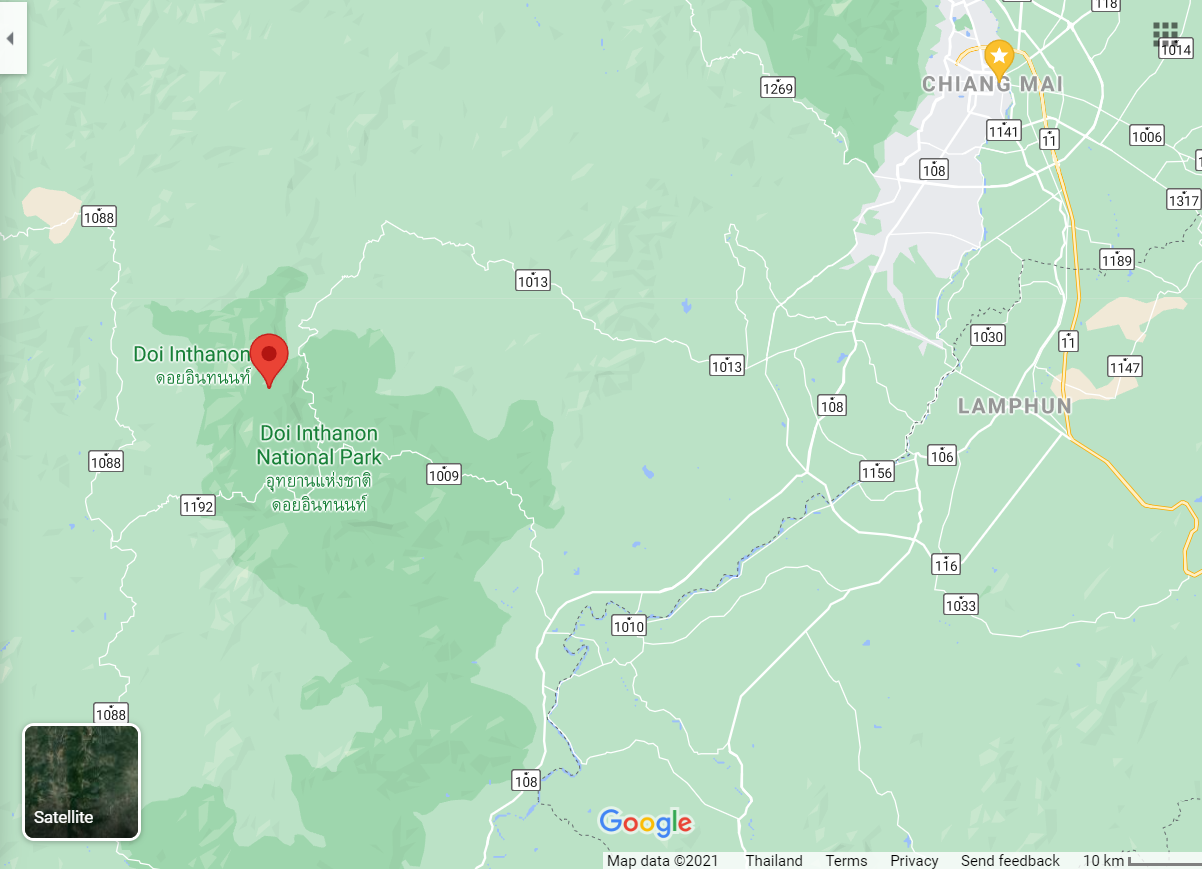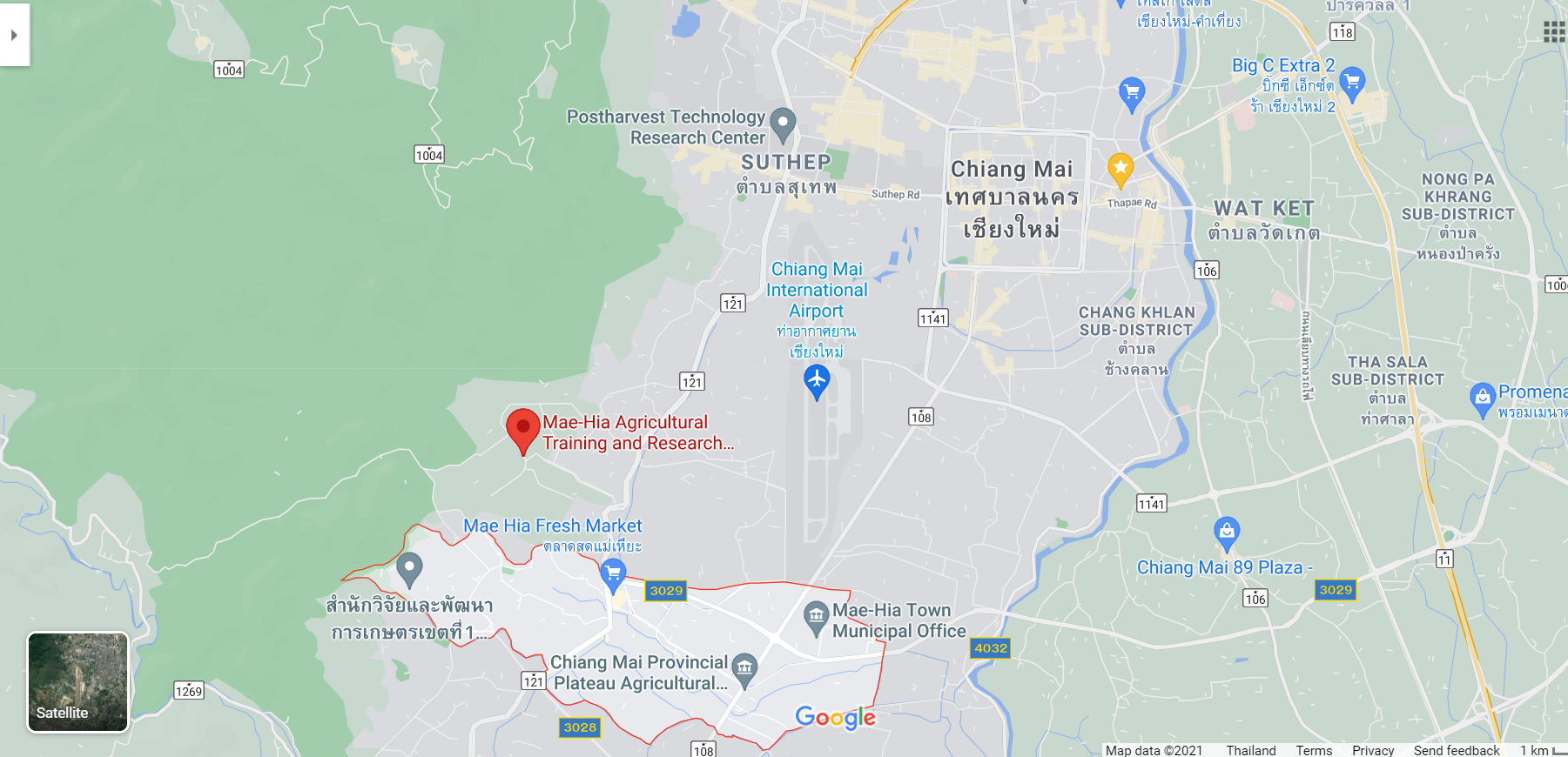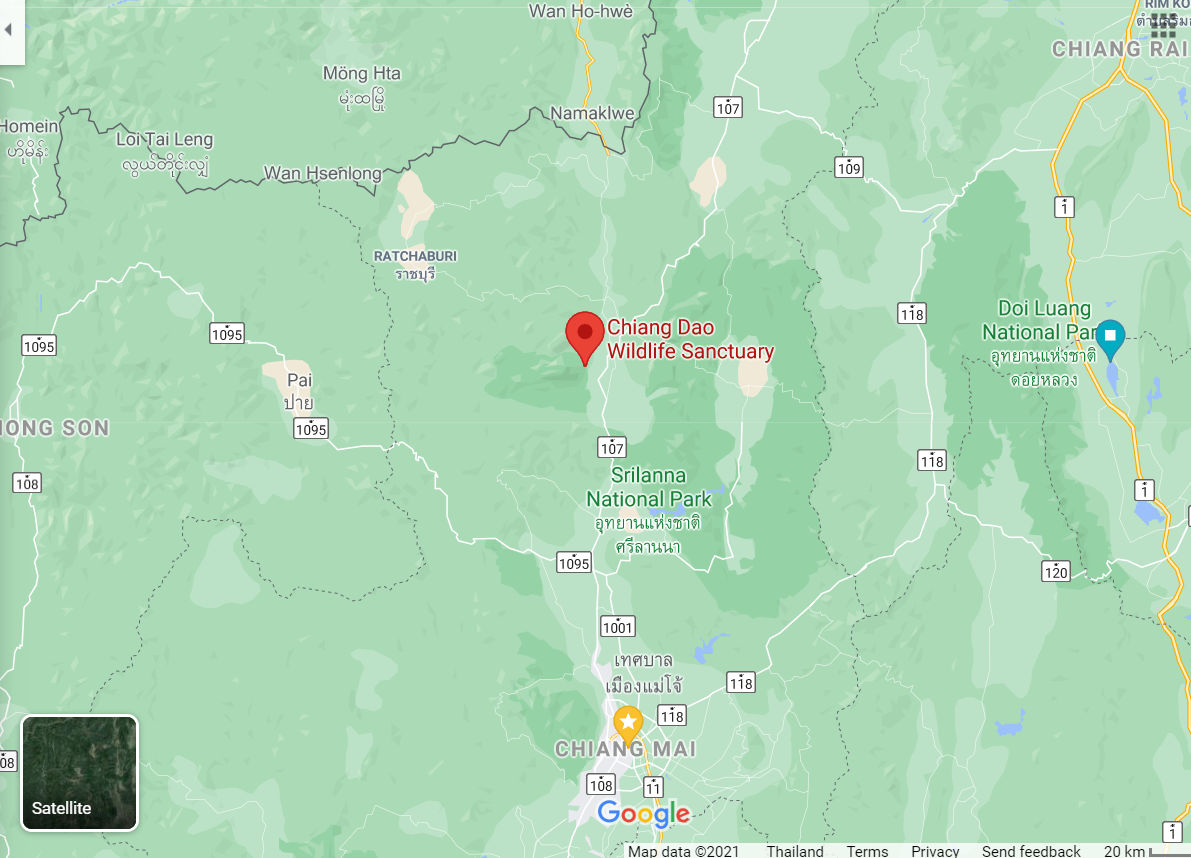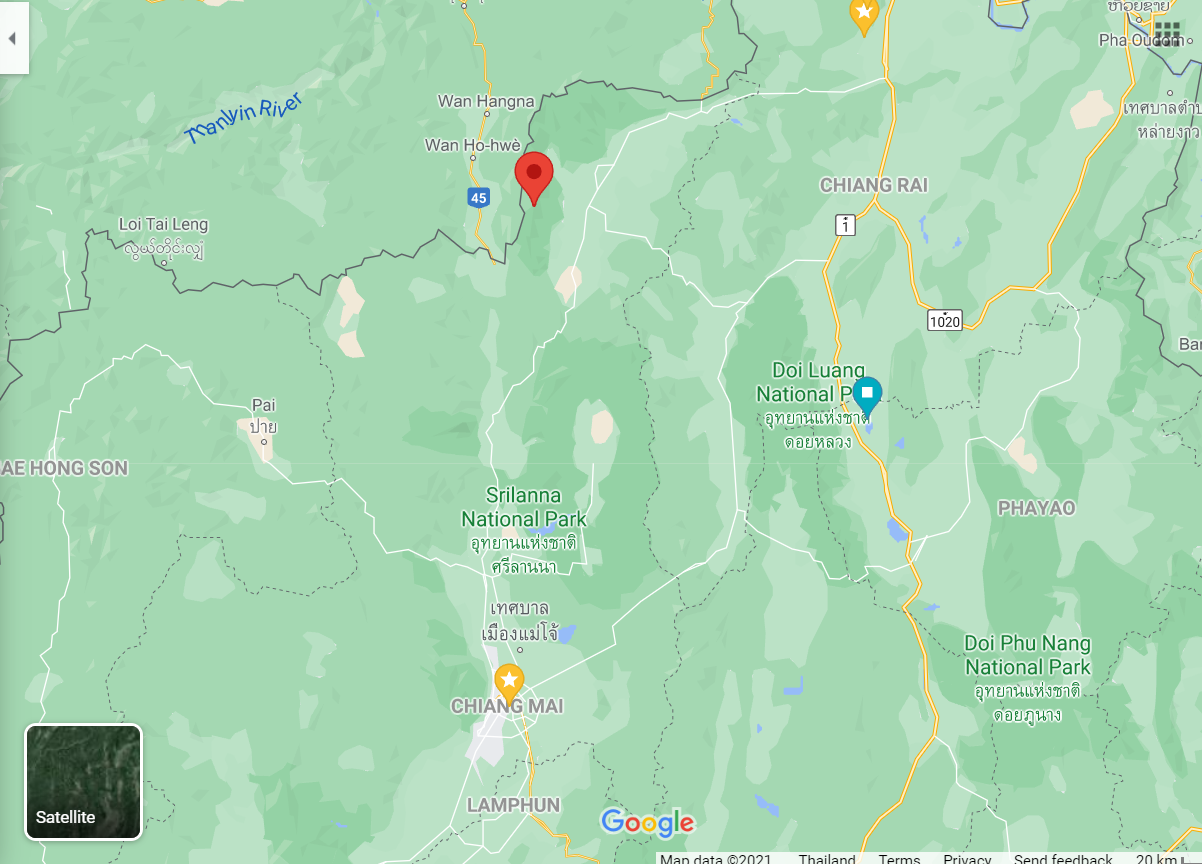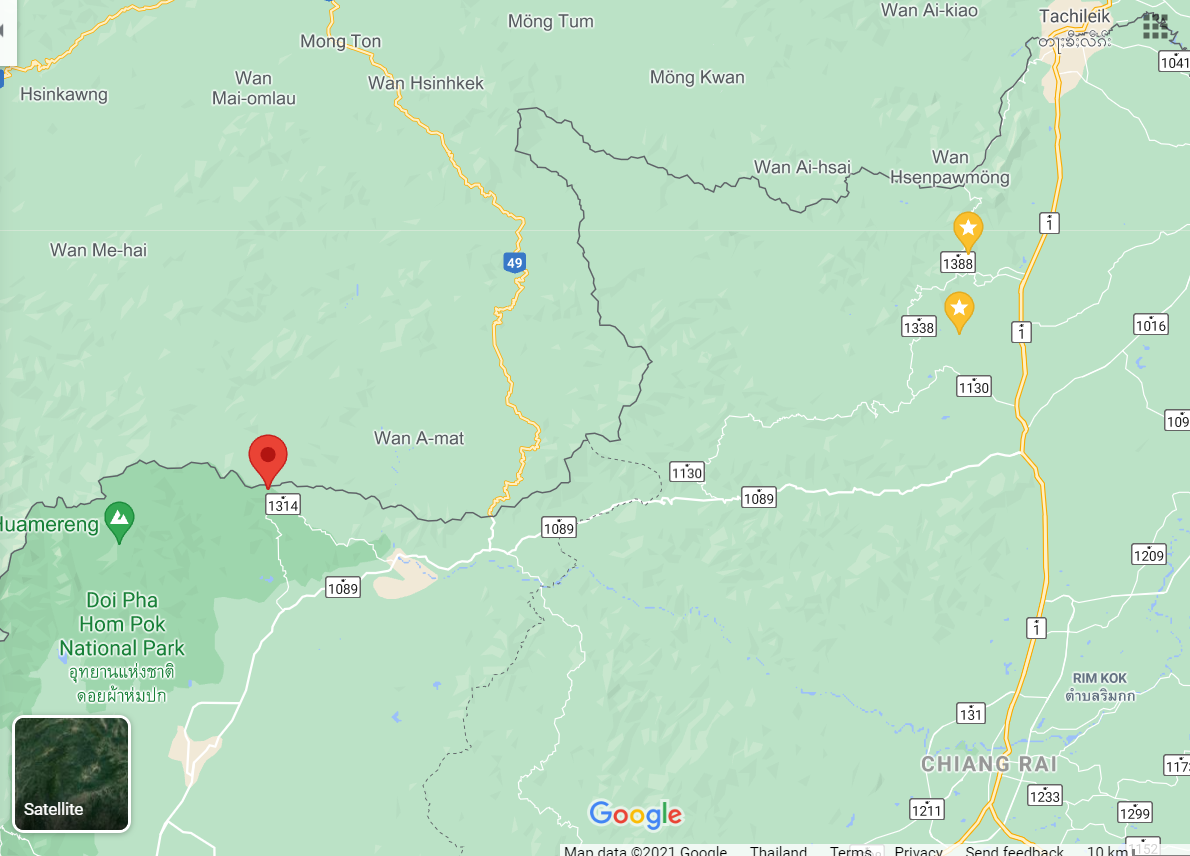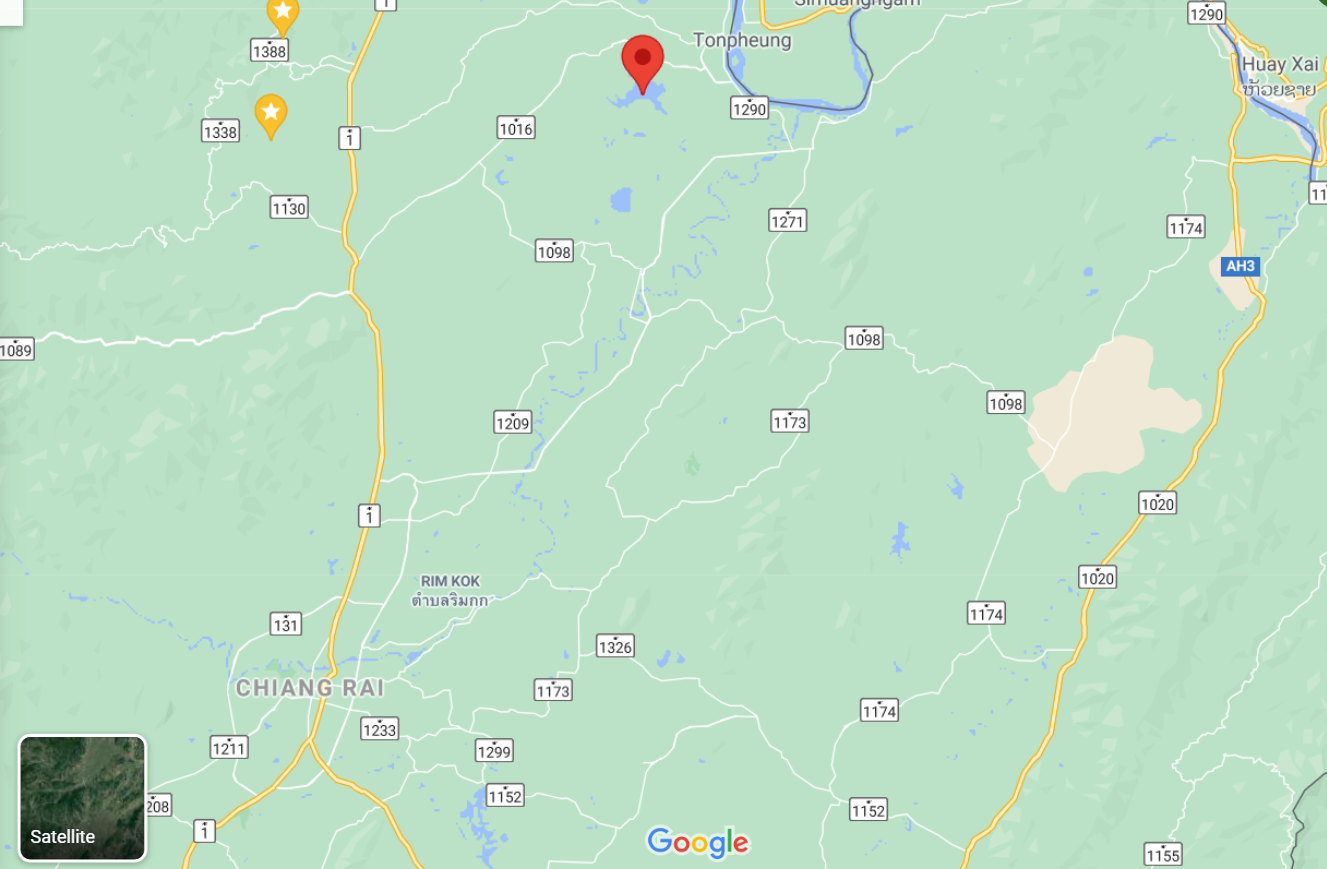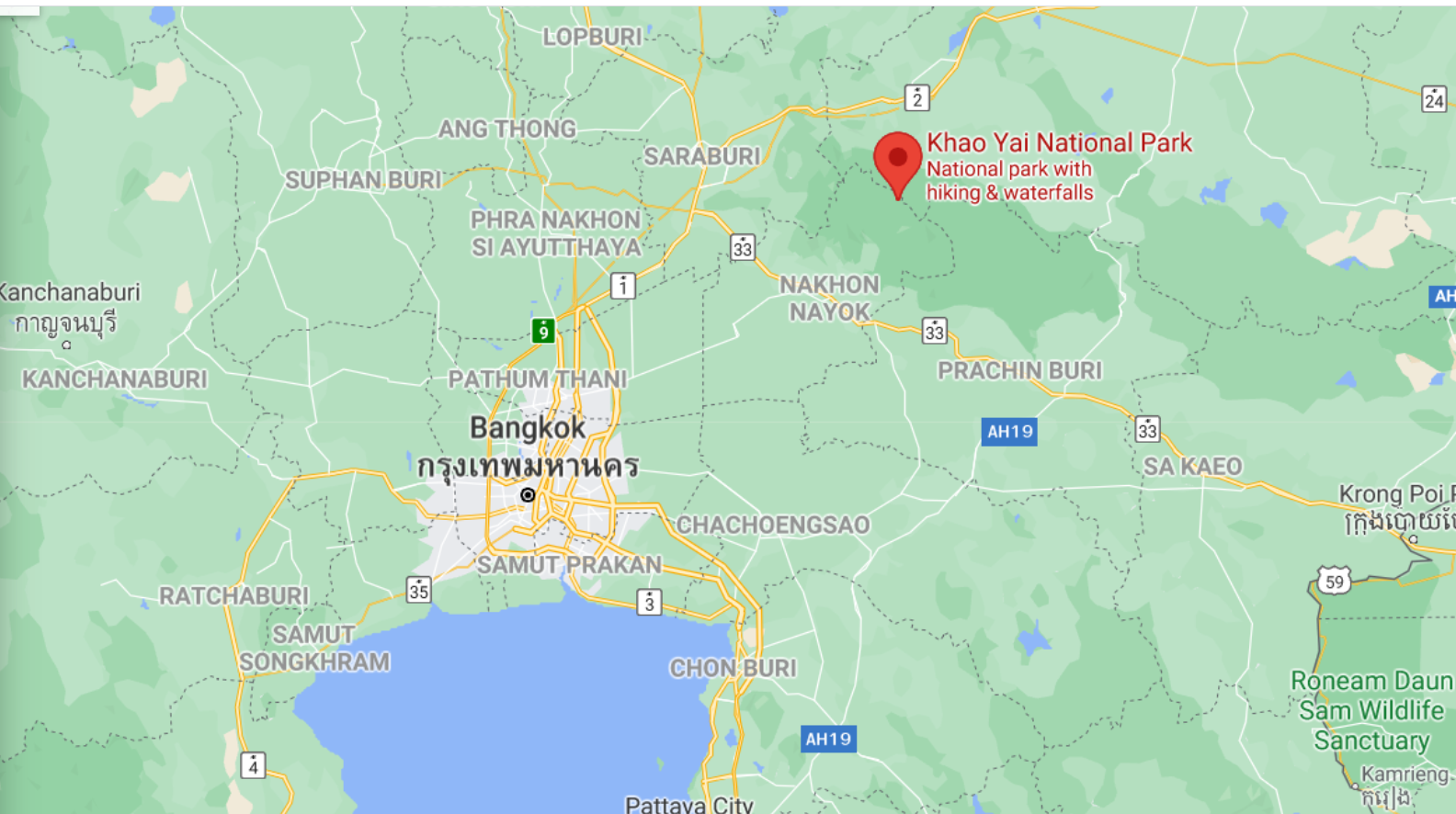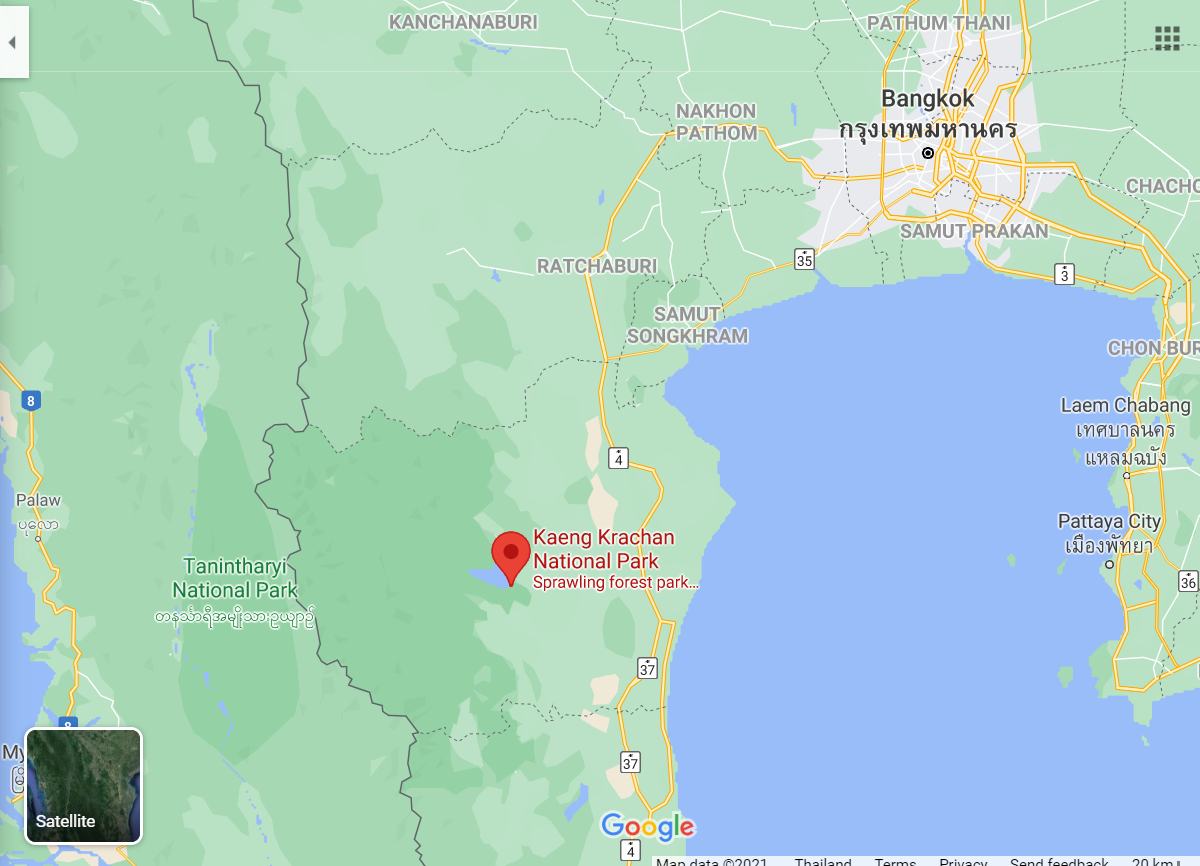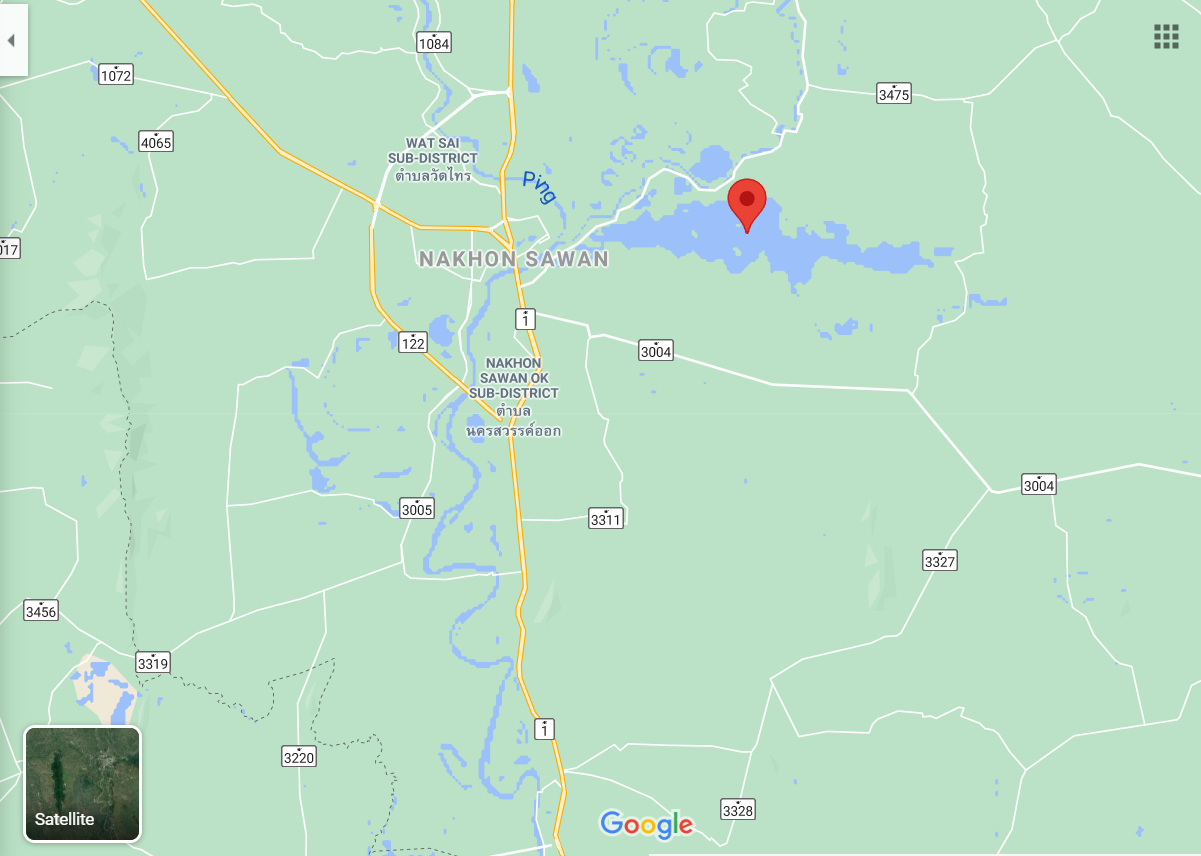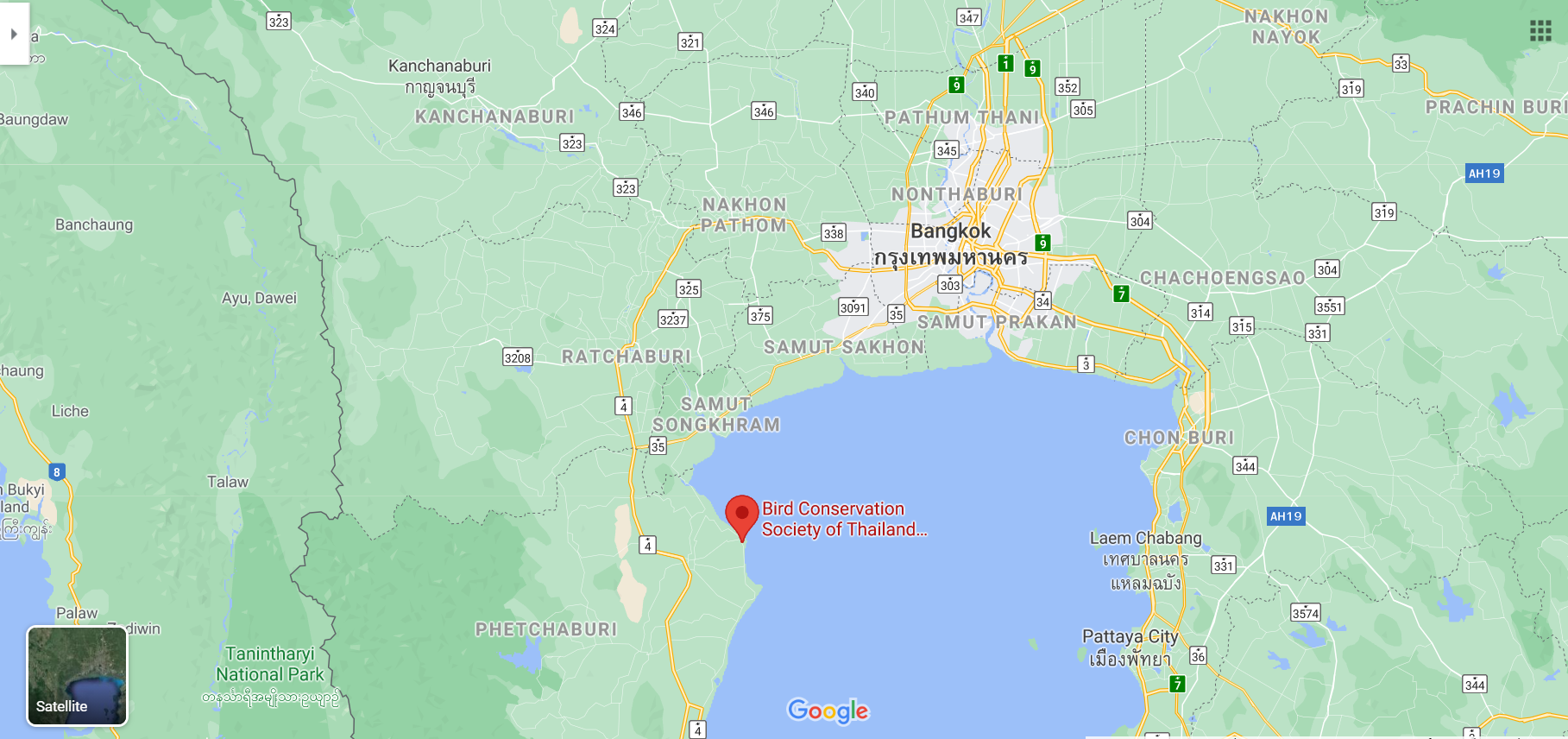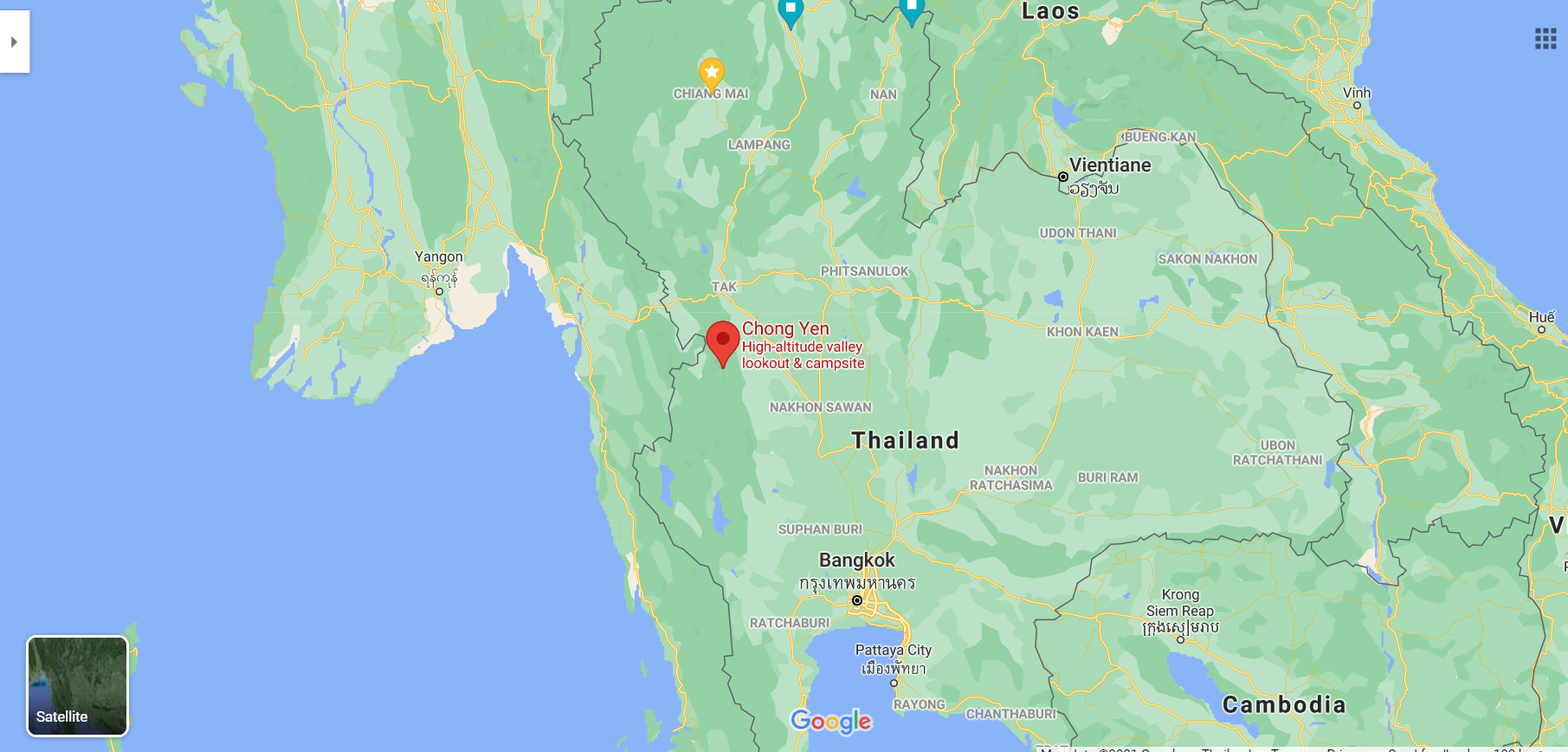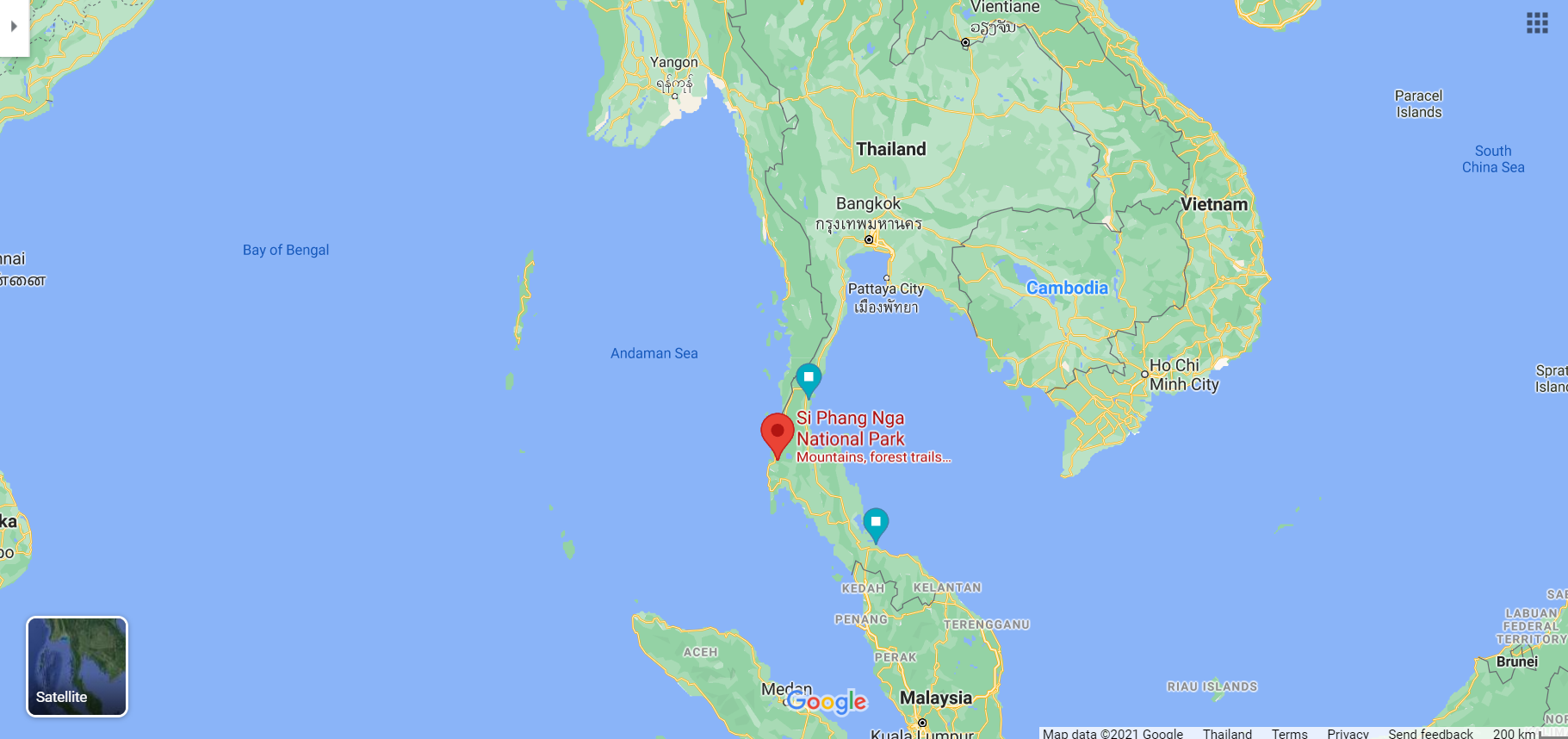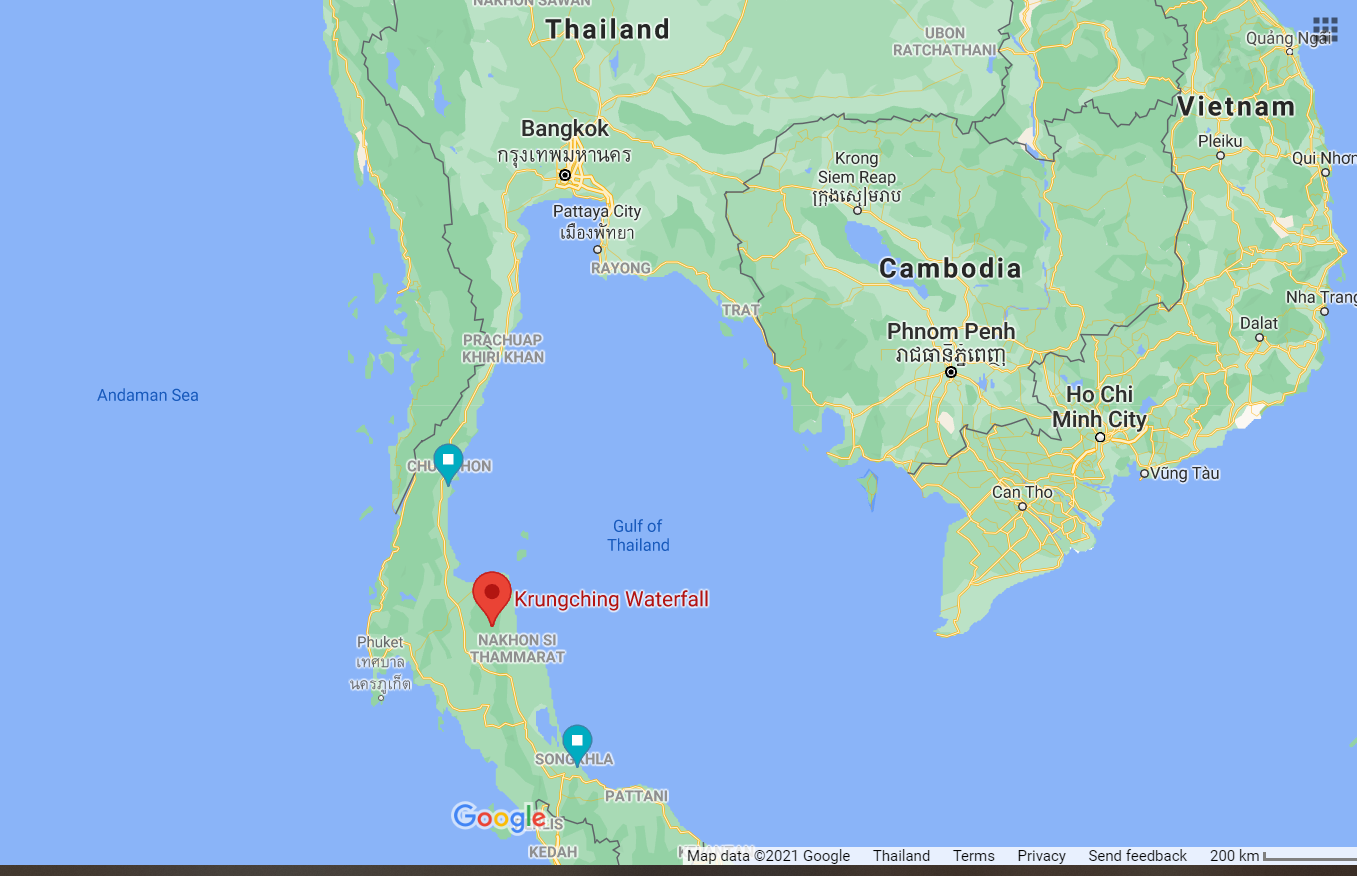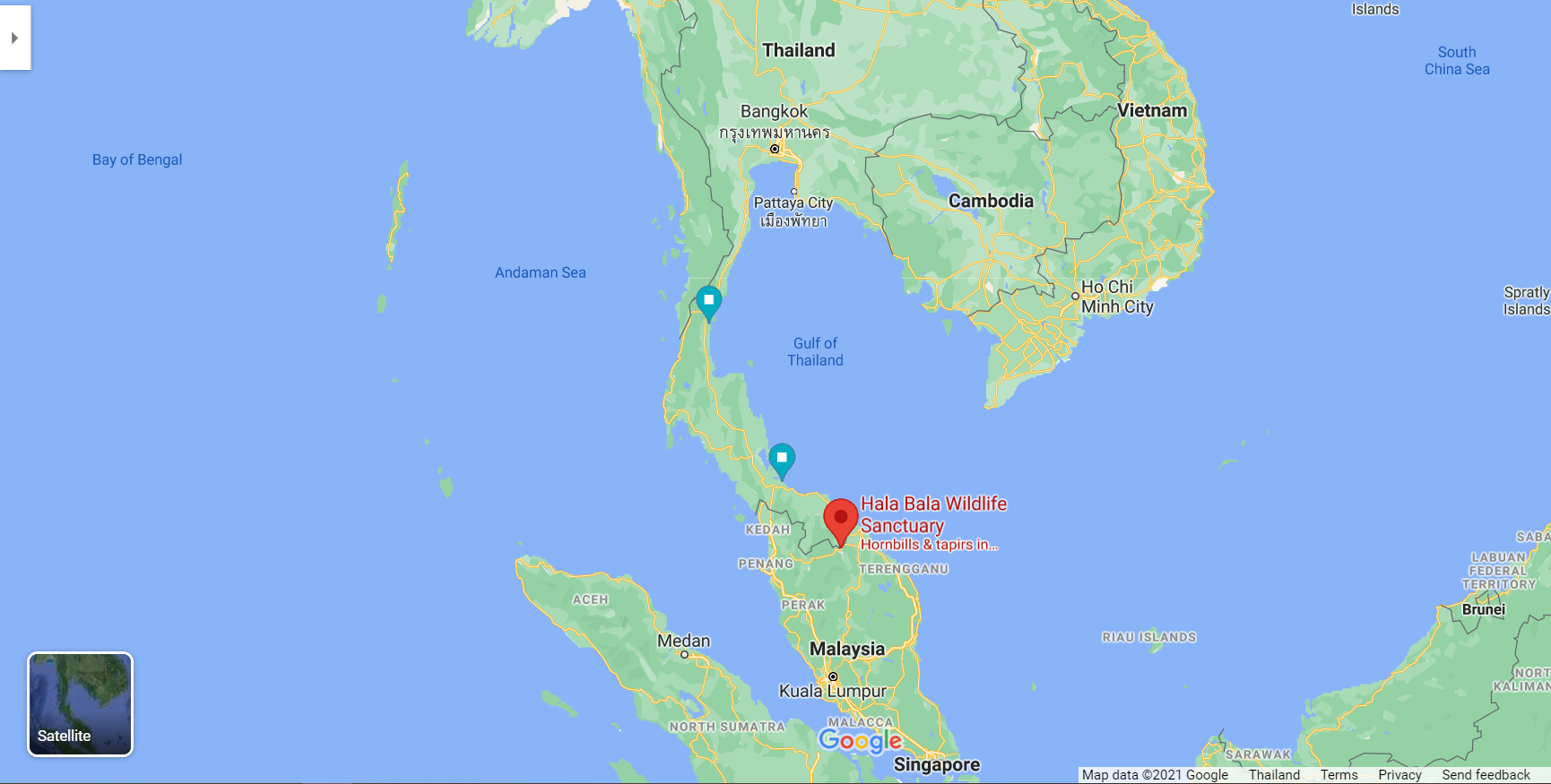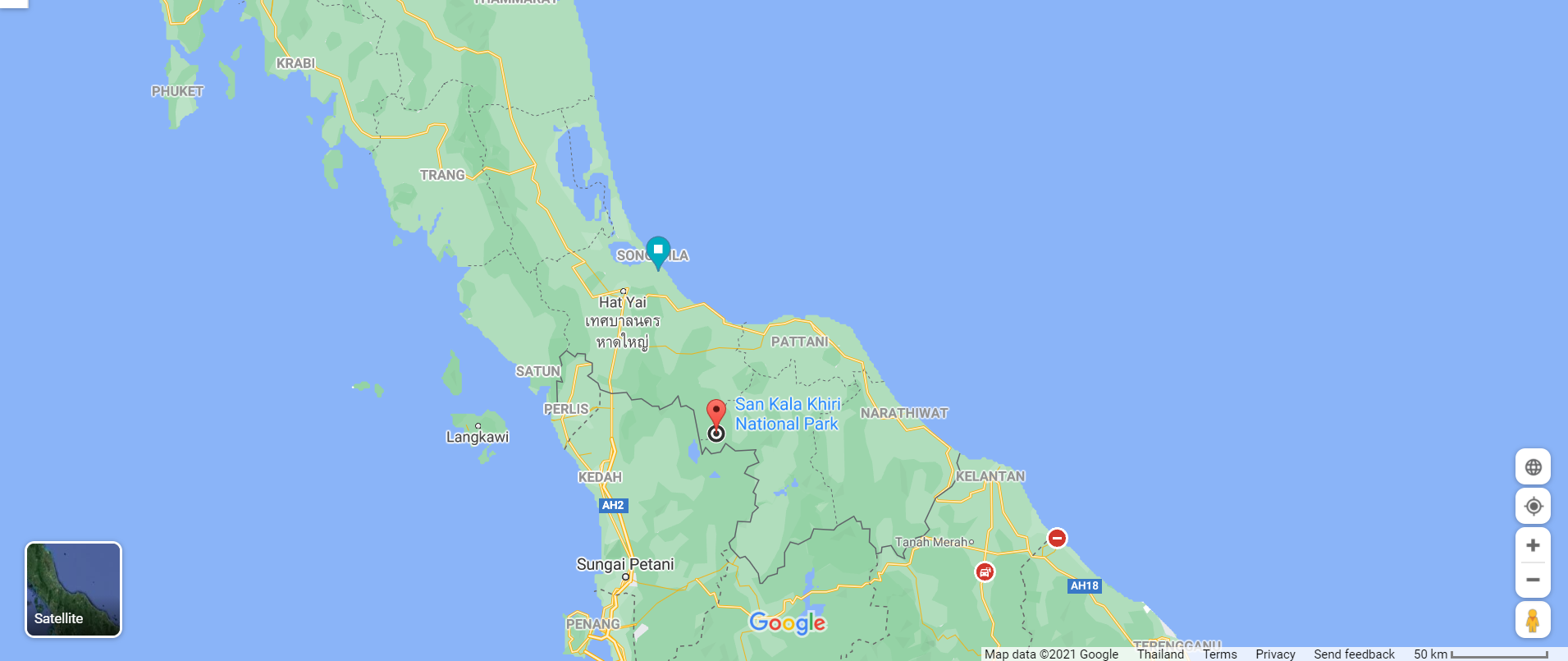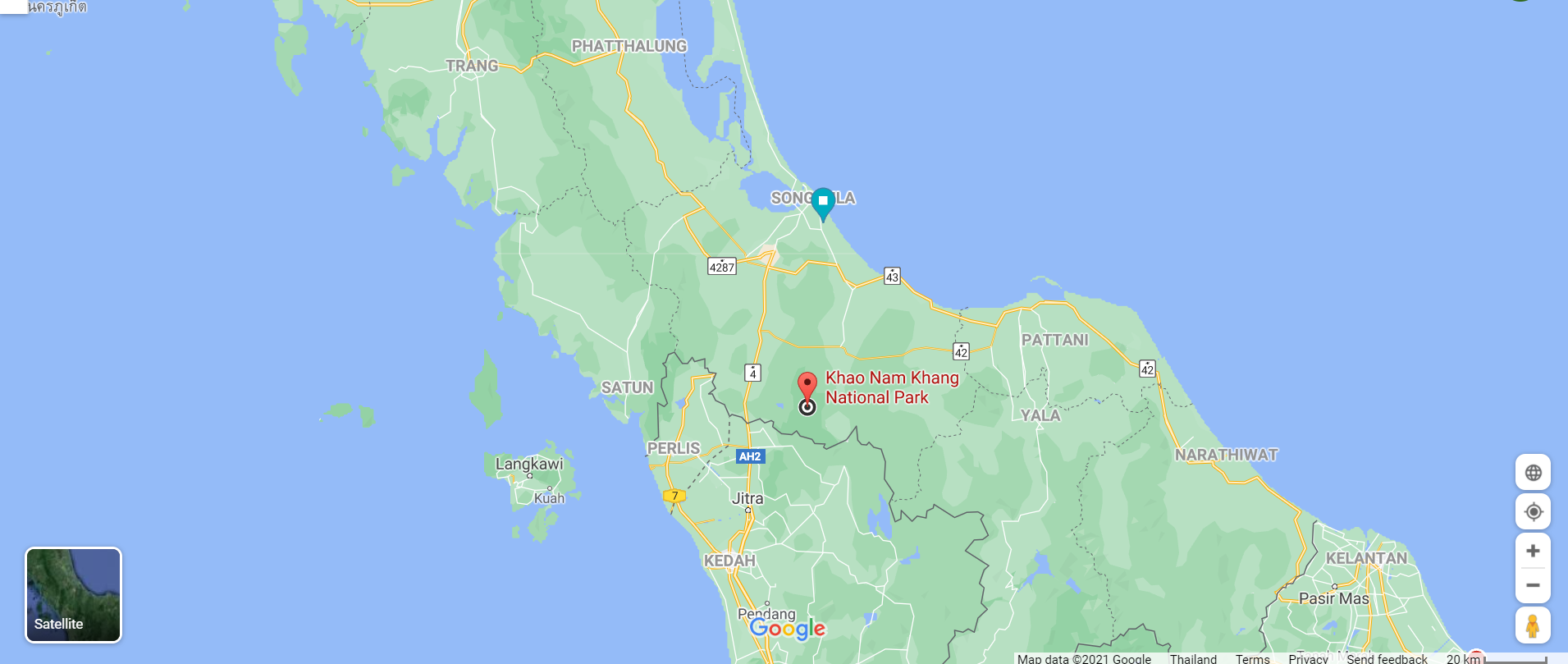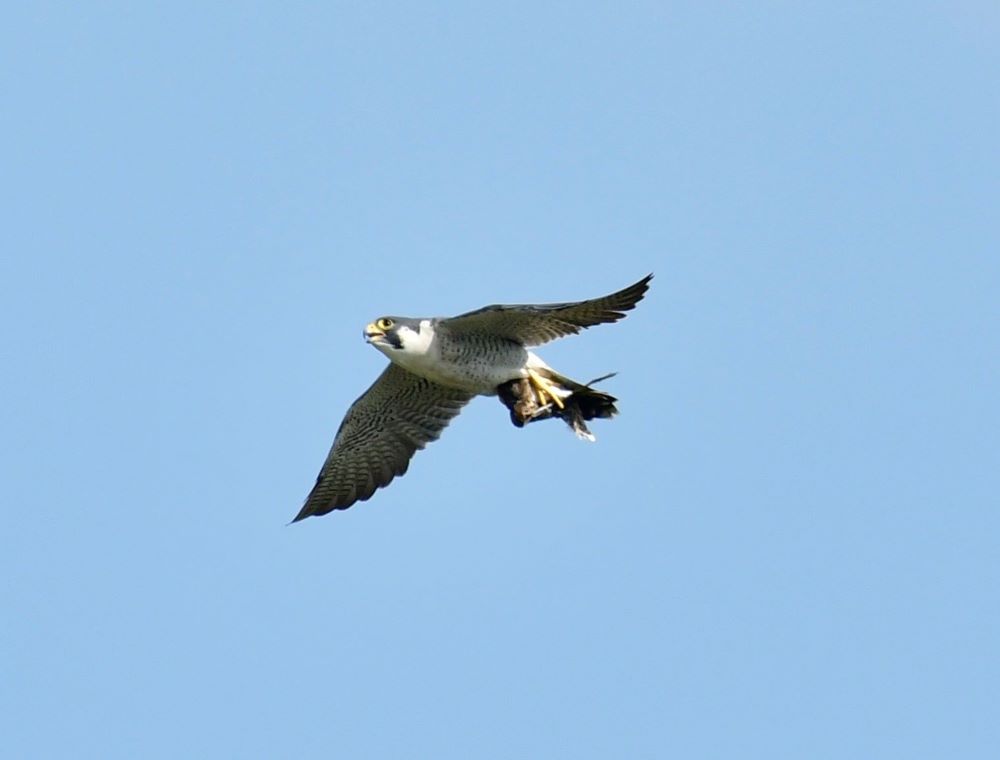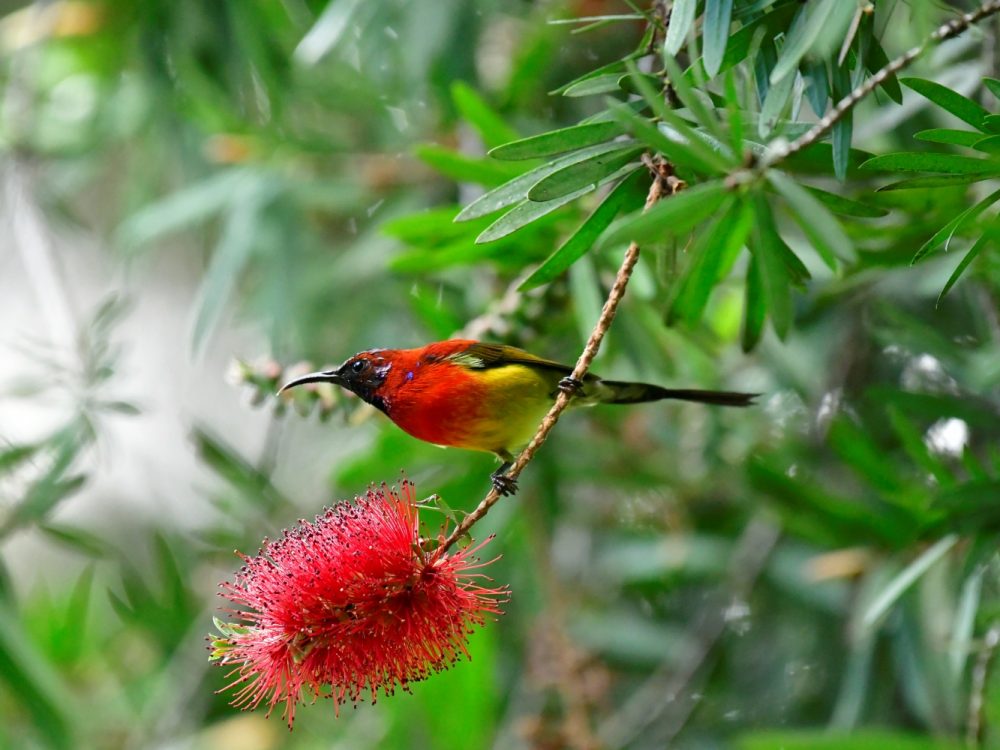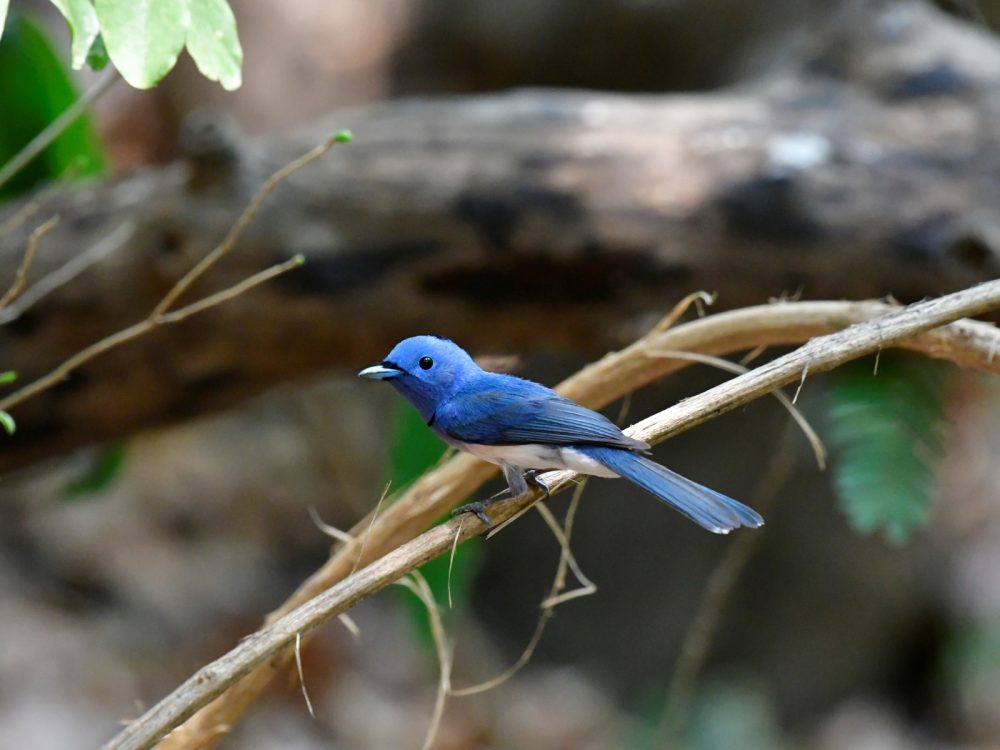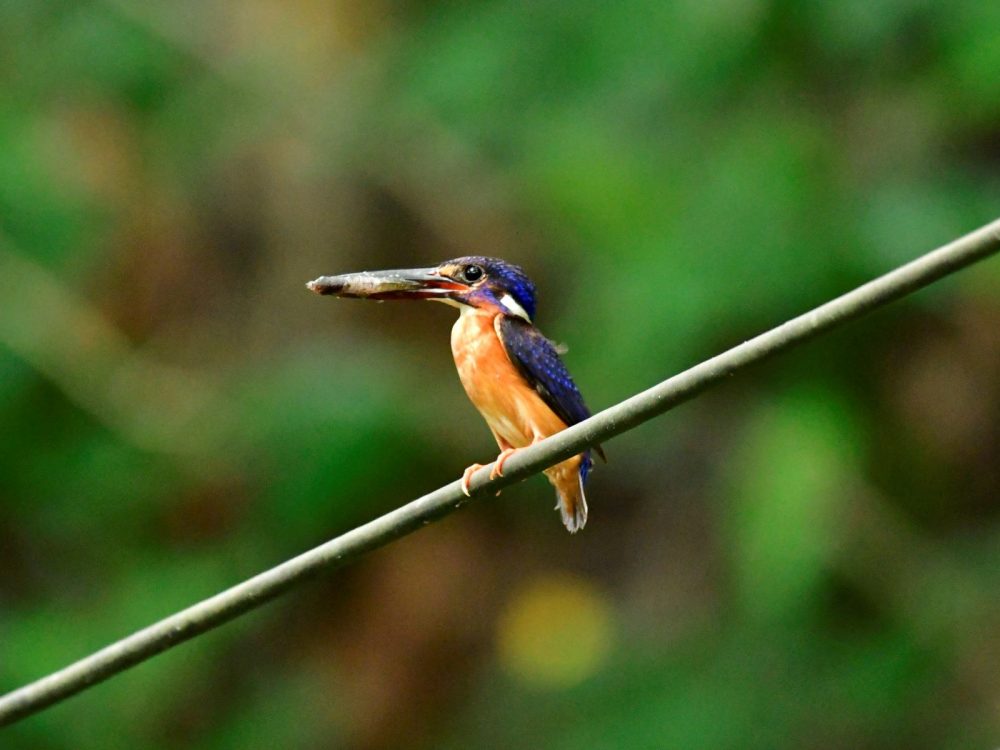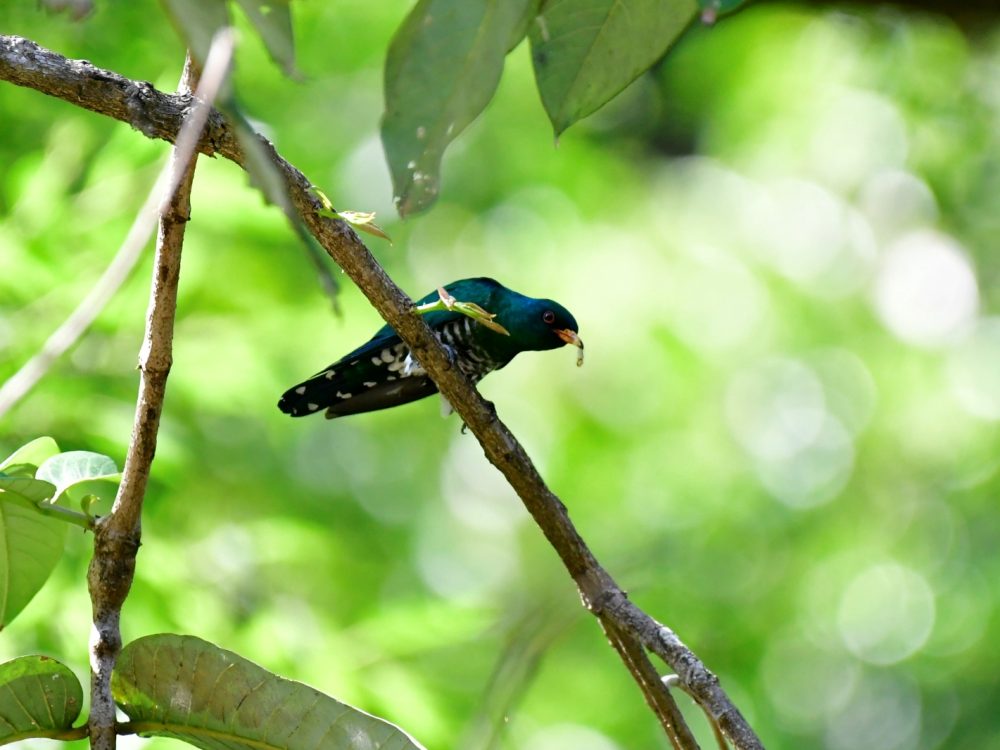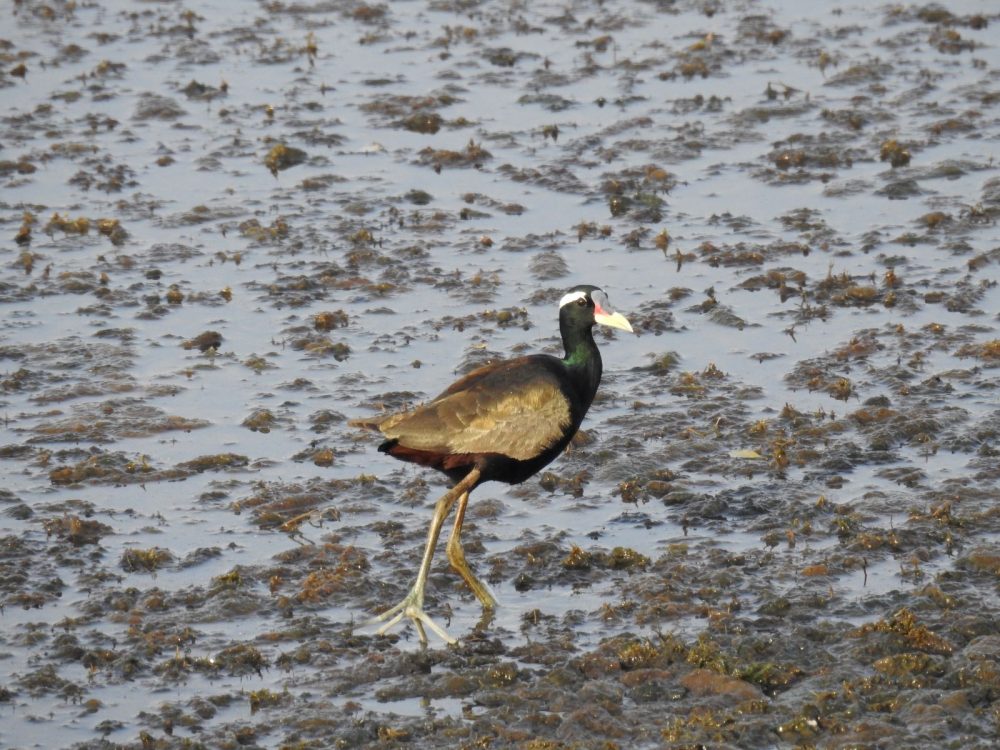Thailand Birdwatching Destination
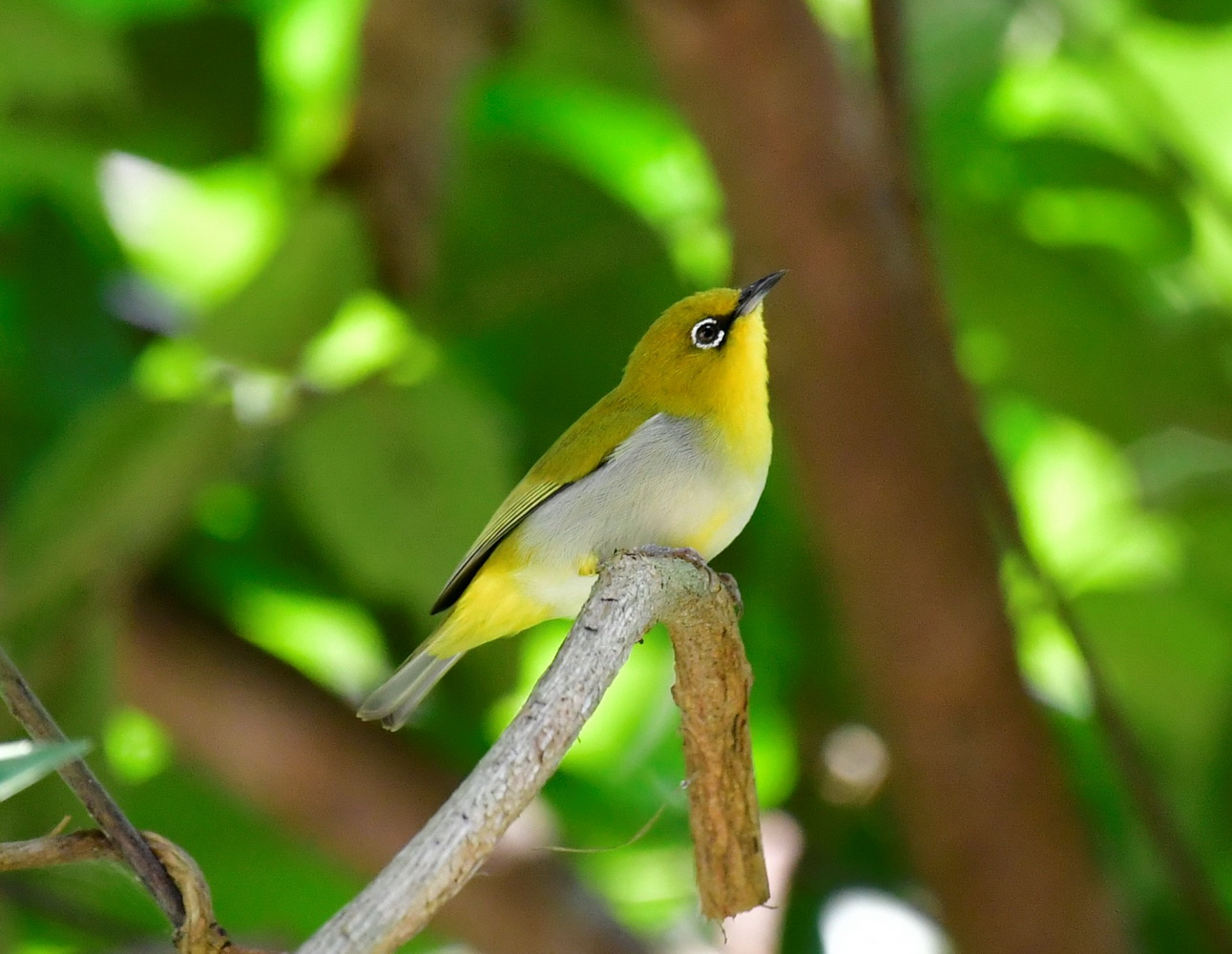
Introduction
Thailand is a birdwatcher’s paradise. Not only does the country’s 500,000 square kilometers sustain at least 1,068 bird species (updated 2019), its highly developed infrastructure also makes it easy to access and explore areas teeming with all sorts of wildlife. The tropical climate, though sometimes a little on the warm side, means that any time of year is hospitable for birdwatchers to come and commune with our feathered friends. The nation’s terrain varies considerably from deciduous forests in the mountainous north to tropical lowlands of swamp, scrub, jungle, mangrove and coastline. Not surprisingly, most species in Thailand can be found in the many lush national parks and sanctuaries.
See below for the best bird watching sites in Thailand and some sample birding programs. Please specify your interest in bird watching when you Contact Us.
Thailand’s Top Birdwatching Sites.
Northern Thailand Birdwatching Destination
Doi Inthanon
Doi Inthanon, Thailand’s highest mountain, is a site of unique biological interest and supports a fascinating variety of different vegetation types and a higher bird species total than any other protected area. Of the total of 382 species of birds so far known from Doi Inthanon, at least 266 species are residents or were formerly residents on the mountain. Doi Inthanon is of particular conservation importance for those species which inhabit the moist hill evergreen forests of the upper slopes. Some, such as the Chestnut-tailed Minla and White-browned Shortwing, which are abundant around the summit, occur in Thailand only on those few higher mountain summits which have considerable areas of hill evergreen forest above 1800 m. Doi Inthanon contains the only significant protected populations of such species in Thailand. The Ashy-throated Leaf-Warbler is found nowhere else in Thailand while an endemic race of the Green-tailed Sunbird (Aethopyga nipalensis angkanensis) is also completely confined to the summit. The Vachirathan Waterfall is one of the best sites for observing birds of fast-flowing streams. The Plumbeous Redstart and the White-capped Water -redstart often perch on boulders in mid-stream. The Slaty-backed Forktail can sometimes be seen. Among the many scarce arboreal birds to look out for are the Red-headed Trogon, Long-tailed Broadbill, Hume’s treecreeper, Green Cochoa and Purple Cochoa.
Chiang Mai University, Mae Hia Campus
The Mae Hia Agricultural Research Station & Faculty of Veterinary, another campus of Chiang Mai University. One of a famous site for bird watching in Chiang Mai, an area of open farmland, grassland, scrub and reservoir which good to see some open-country species such as, Grey – breasted Prinia, Plain Prinia, Grey-breasted Prinia, Red-Wattled Lapwing, Wire-tailed Swallow, Red Avadavat, White – Rumped Munia and some migratory birds such as Siberian Rubythroat, Eurasian Wryneck etc.
Doi Chiang Dao
Doi Chiang Dao is the largest limestone massif in Thailand and its main peak is, at 2,220 metres, the country’s third highest mountain. It rises dramatically at an angle of 60 degrees to face the rising sun. Its poor porous soils, exposed rocks and limited surface water make it harsh unforgiving habitat in which, none the less, over 50 exciting plants and insects known only in these parts – a record for endemic in Thailand – can be found. Bird watching at the top of the mountain will not be so eventful because of the rugged limestone cliff faces, lack of trees and vast open spaces. However, there are some excellent birding opportunities at lower elevations, where you can find more open evergreen forests and pines, home to a rich variety of montane birds. The rarest bird to be commonly spotted here is the Giant Nuthatches (Sitta Magna). The Humes Pheasant, named after the wife of a British ornithologist, is found on very few mountains in Thailand but Doi Chiang Dao is the premier mountain where it is actually a protected species.
Doi Ankhang
Doi Ankhang is a mountain belonging to the Himilayan foot hill range, located at the Myanmar (Burmese) border. The highest point is 1,928 metres. Although chiefly deforested, this is still one of Northern Thailand’s most prominent bird watching areas, due to more and more rare bird species being in residence, as well as being a popular resting point for numerous migratory birds. Examples of rare and beautiful birds inhabiting this area include the Spot-breasted Parrotbill and the Red-faced Liocichla. A highly recommend site to find the rarer bird species is the picturesque area named Heaven Valley. It is not so uncommon to spot the Red-tailed Laughing Thrush here. Around the Royal Agricultural Project Station, you can find Brown, Burmese and Long-tailed Shrike and also Fire-capped Tits and Silver-eared Mesias.
Doi Lang & Doi Sanju
Doi Lang is at close range to Doi Pha Hom Pok National Park, which is the second highest mountain in Thailand and it is part of the Dan Lao Mountain range, northwest of Chiangmai, located at Baan Thaton, Mae Aei District, shares the border with Myanmar. The road up to Doi Lang is quite rough, need a 4wheels drive or high pickup truck.
Doi SanJu, is possible to access from Fang town and easy to travel with good paved road. The mountain forest and a low-traffic road make an easy view of the birds. Although, sometime can be very quiet, however, Doi Lang & Doi Sanju provide some of a rare species like Mrs’ Hume Pheasant, Long –tailed Sibia, Himalayan Cutia, Black – throated Tit, Black – eared Shrike Babbler, Whiskered Yuhina, Crimson – breasted Woodpecker, Fire – tailed Sunbird
Doi Suthep-Pui National Park
Ideal for an organized one-day trip due to its convenient location, this national park is only a 20-minute drive from the city of Chiang Mai. Doi Suthep and Doi Pui support a remarkable flora, with over 2,000 flowering plant species, far more than any other area of seasonal tropical forest. The forest itself is a mix of deciduous and evergreen, with evergreen dominating at 2,900 ft, although semi-evergreen forests fill gulleys and waterways at lower elevations. These forests are filled all year round with flowers and a profusion of exotic birds, butterflies and small mammals.
Examples of common finds at this park include the Bar-winged Flycatcher-shrike, the Long-tailed and Scarlet Minivets, the Golden-fronted and Orange-bellied Leafbirds and the Chestnut-Fronted Shrike-babbler.
Chiang Saen Lake & along the Mae Kong River Bank
Chiang Saen Lake is a tranquil paradise of wetland area and islands, set aside for the protection of the eco-system. Whilst fishing is allowed, though strictly controlled, motorboats are expressly forbidden, which means it’s a haven for wading and wetland birds as well as migratory ducks like the most beautiful Mandarin Ducks. A special effort has been undertaken recently to protect and conserve a range of natural habitats to encourage a diverse range of birdlife to nest around the property.
Ponds and rivers in the surrounding areas are natural habitats, or resting stops, for Waders, Kingfishers and numerous ducks, such as the Ruddy Shelduck and the Ferruginous Pochard, Bear’s Pochard, Falcated Duck. In the farm land around the lake, possible to spot Black Drongo, Striated Grassbird, White-browed crake, Taiga Flycatchers and Plain Prinia.
The beaches along the Maekong River are good for spotting birds such as the Little Ringed Plover, the Small Pratincole and Mandarin Duck.
Central Thailand Birdwatching Destination
Khao Yai National Park
Khao Yai is the flagship of Thailand’s national parks. Located some 2.5 hours from Bangkok, it was the first one to be established (in 1962), it is the most visited, and it remains one of the largest at 2,168 square kilometers. Above all it is one of the best refuges in the country for animals and birds in the wild, and remains the most likely spot in Thailand to see a wild tiger or elephant. Consisting of moist evergreen forest, mixed deciduous forest and dry evergreen forest and over 350 species of birds, the park offers some of Thailand’s best birding opportunities. Orchids and other epiphytic are in abundance and there are several plants unique to the area. Birds of note include The Coral Billed Ground Cuckoo, Asian Fairy Bluebird, Scarlet Minivet, Crested-serpent eagle,, Austen’s Brown Hornbill, Green Magpie, to name a few! With all this, Khao Yai is surely a bird watcher’s paradise.
Kaeng Krachan National Park
This relatively less developed National Park is the largest and most dramatic in Thailand. Located beside the Myanmar (Burmese) border, this park consists of all types of forests, lakes, streams and reservoirs, making a perfect sanctuary for birdwatchers. A variety of mammals also lurk in the depths of the forests. Watch out for gibbons, four leaf monkeys and barking deer. Kaeng Krachan has many birds, some northern, some southern and some peculiarly out of place, such as the Ratchet-tailed Treepie that hails from Indo-China. Birds which take residence at the park include the Tickell’s Brown Hornbill, Great Hornbills, Black and yellow- Black-and-red Broadbill, Blue-eared Kingfisher, White-fronted Scops-owl
Bung Boraphet
Bung Boraphet is the largest freshwater wetland in Nakhorn Sawan province. It is an important economic asset to the provincial economy as well as a significant national and international biodiversity resource. Supporting large numbers of breeding and wintering ground for many waterfowl.
Baan Pak Thalae & Laem Pak Bia
Baan Pak Thale is a village in Baan Leam district, Phetchaburi province. It is very well known among bird watchers around the world as a main wintering ground for more than 50 species of migratory birds especially the Critically Endangered Spoon-billed Sandpiper and Endangered Great Knot are fond here. On 6 September 2019, representatives from Bird Conservation Society of Thailand (BCST) has completed the purchase of the land at Pak Thale. The purchased land will be managed as a nature reserve for wintering Spoon-billed Sandpipers and other migratory shorebirds in the long-term. It will also serve as a place for shorebirds and coastal ecosystem research and ecotourism.
Mae Wong National Park
Mae Wong, one of the top sites for birdwatchers. Mae Wong National Park situated on west of Thailand covered Nakhon Sawan and Kamphaeng Phet provinces, nearly 900 square kilometers of verdant jungles. The park is rugged and hilly with the highest peak at 1,964 m. called Mo Ko Chu.Khun Nam Yen and Chong Yen campsite and view point, often reported people seen the rare species, Rufous neck Hornbill. However, the weather up there is unpredictable, it can be overcast or heavy drizzle with poor visibility. Anyway, the park still home of many nice birds such as Grey Peacock-pheasant, Burmese Yuhina, Red-billed Scimitar-babbler.
Southern Thailand Birdwatching Destination
Sri Phang Nga National Park, is about an hour drive north of well-known beach Khao Lak, Phang Nga province. The park is covered with dense tropical forest. It also serves as a natural habitat for different species of fauna and birds. Walk along the trail that a few streams crossing to look for a star birds that can be found here such as, Malay banded Pitta, The Bushy-crested hornbill, Green Broadbill, Gould’s and Blyth’s Frogmouths.
Krung Ching Waterfall, is part of Khao Luang National Park in Nakorn Sri Thammarat province. A 3.5-kilometer trail to the waterfall is best to do bird watching, however, some forest bird species like Black-capped Babbler, Short-tailed Babbler, Grey-headed Babbler, can be very hard to spotted as they are very shy. The paved road from the entrance fee booth to the park office, also provided good view for birders. The White-crowned Hornbill, Dusky broadbill, Rufous-collared Kingfisher, Lesser & Greater Green Leafbird possible to be found around the park office area, special when there is a fruity tree.
Hala-Bala Wildlife Sanctuary These two sectors forest in Southernmost Thailand, situated at the boundary of Thai-Malaysia. Hala Forest sector is in Betong Distict, Yala province and Janae Distict, Narathiwat Province. Bala Forst sector is in Waeng District and Sukirin District, Narathiwat Province. Hala forest sector cater for birders as there is a homestay with basic room with hot shower and air-condition. Bala Wildlife Sanctuary sustain 9 species of Hornbill, including Wrinkled Hornbill, Black Hornbill, Rhinoceros Hornbill and Helmeted Hornbill. The wetter nature of the far south also influences the distribution of particular bird species such as Malaysian Hawk Cuckoo, the uncommon residence Finsch’s Bulbul, short-toed coucal, Bat Hawk and more.
San Kala Khiri National Park is comprised of complex mountains which perform as a natural border between Thailand and Malaysia and the source of The Pa rivers. Located in Saba Yoi District, Songkhon Province. This National Park just recently wide open to tourist, especially for birders. The new office and camp ground is under construction, hope to be finished very soon. A short walking track in the Park headquarters provides good birding. Still need more wildlife research in the area.
One of the Vulnerable Specie-Plain-pouched Hornbill can be found here during the migratory season. There also rare residence like, Large Green Pigeon, Black Magpie, Oriental Dwarf-kingfisher. The forest ground also good to search for Chestnut-winged Babbler, Moustached Babbler, Fulvous-chested Jungle-Flycatcher, Van Hasselt’s Sunbird, Purple-naped Spiderhunter, Yellow-vented Flowerpecker, Pin-tailed Parrotfinch, etc.,
Khao Nam Khang National Park,
Khao Nam Khang National Park is about 1 ½ hour drive northwest from San Kala Khiri National Park. This park is made up of complex mountain ranges stretching southward until the border of Malaysia. The Park covers the area of Na Thawee District and Sadao District in Songkhla Province. The significant mountains, Kuan Khao Mai and the highest mountain, Khao Nam Kang, stands 648 metres above sea level. Several streams originate from here. The forest and natural resources are abundant.
A rare resident specie such as Scarlet-breasted Flowerpecker, White-bellied Munia. And others common residence; Swinhoe White-eye, Puff-backed Bulbul, Scaly-breasted Bulbul, Plain Sunbird, Blue-crowned Hanging-Parrot, Silver-rumped Needletail, Violet Cuckoo, Ashy Tailorbird, Spectacled Spiderhunter, etc.,
Please choose one of the tour below

